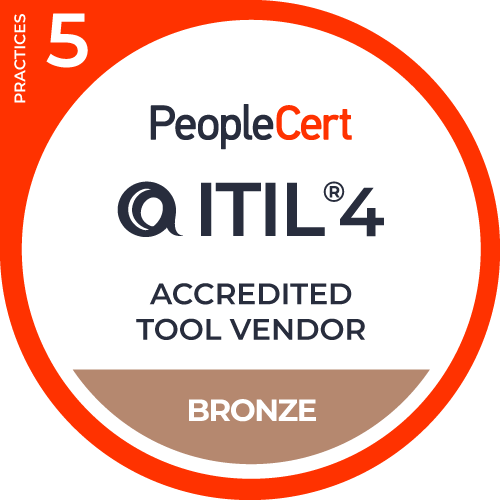Organizations face numerous challenges that can disrupt their operations. One of the key solutions to these challenges is Problem Management software. This software is designed to help IT teams identify, analyze, and resolve the root causes of recurring issues, thereby enhancing service reliability and efficiency. In this article, we will explore the concept of Problem Management, how to choose the right software, and review the top ten Problem Management software options available in 2025. We also would introduce you to InvGate Service Management, our own solution to improve your processes.
Get ready to dive into a world where IT problems become manageable, and service delivery improves significantly!
We tried to be as thorough as possible, but if you don't have enough time to read it through and through, here's (another) TL;DR: InvGate Service Management can do everything we say here, and you can test it right away for free for 30 days.
What is Problem Management?
Problem Management is a critical component of IT Service Management (ITSM) that focuses on identifying and resolving the root causes of incidents. Unlike Incident Management, which deals with immediate disruptions, Problem Management aims to prevent future incidents by addressing underlying issues.
This proactive approach ensures that organizations can maintain consistent service quality and minimize downtime.
The Problem Management process typically involves several key activities:
- Identification: Recognizing recurring issues that affect service quality.
- Investigation and diagnosis: Analyzing the root causes of identified problems.
- Resolution and recovery: Implementing solutions to eliminate the root causes.
- Knowledge Management: Documenting solutions and lessons learned for future reference.
By leveraging Problem Management software, organizations can streamline these processes, enhance collaboration among IT teams, and improve overall service delivery.
10 top Problem Management software
As we delve into the top Problem Management software options for 2025, it's essential to recognize the diversity of solutions available. There are software specifically design to address Problem Management.
There are many, like InvGate Service Management, that are optimized for IT Service Management and Enterprise Service Management (ESM), and has been built ITIL best practices as a blueprint. This extends to Problem Management (as stated by PinkVerify and PeopleCert). That's why it's included in the list as a great option to consider.
Each software offers unique features tailored to meet different organizational needs. The following sections will provide an overview of the leading solutions, highlighting their strengths and capabilities.
1. InvGate Service Management
InvGate Service Management stands out as a premier Problem Management software due to its comprehensive features, user-friendly interface, and a strong focus on enhancing IT service delivery.
This software is designed to alleviate the pressure on busy IT teams, enabling them to solve more inquiries in a shorter period while maintaining high service quality.
With InvGate, organizations can streamline their Problem Management processes, leading to improved efficiency and customer satisfaction. One of the key advantages of InvGate Service Management is its intuitive ticketing system.
This system allows users to log incidents and problems effortlessly, ensuring that IT teams can track and manage issues effectively.
The platform offers a thread-centered communication model, enabling seamless discussions and real-time updates on ticket status. This feature is particularly beneficial for organizations with large, remote, or decentralized teams, as it fosters collaboration and ensures that everyone is on the same page.
Key features of InvGate Service Management

- Team-based ticket structure: This unique feature allows organizations to link decision-makers, external suppliers, and business workflows with the service department. By facilitating collaboration, teams can resolve issues faster and more effectively.
- Customizable SLA management: InvGate enables organizations to set specific Service Level Agreements (SLAs) tailored to individual client needs. This flexibility ensures that the right level of service is provided to the right clients, enhancing overall customer satisfaction.
- Knowledge base creation with AI: Users can quickly create a knowledge base from past incidents, allowing teams to document solutions and share them with others. This feature not only helps in resolving future problems more efficiently but also empowers users to find answers independently through self-service options.
- Gamification elements: To boost engagement and motivation among team members, InvGate incorporates gamification features. These elements encourage a competitive spirit and foster a collaborative environment, making problem management a more enjoyable experience for IT staff.
- Quote-based pricing: InvGate offers flexible pricing tailored to each client's needs. This approach allows organizations to choose a package that aligns with their specific requirements, ensuring they only pay for the features they need.
By choosing InvGate Service Management, organizations can expect a significant improvement in their Problem management processes, leading to enhanced service delivery and increased customer satisfaction. The software's ability to integrate seamlessly with IT Asset Management (ITAM) through its native integration to InvGate Asset Management further strengthens its position as a leading solution in the market. With InvGate, IT teams can focus on what they do best—solving problems and delivering exceptional service to their users.

InvGate Service Management for Problem Management
So, why choose InvGate Service Management for Problem Management? Well, because it can reduce the impact of repeat issues, known errors, and known problems.
It also has PinkVERIFY ITIL-certified problem management capabilities. That's the beauty of it. You don’t have to take our word for it – the global ITSM consultancy and training provider, Pink Elephant, has certified InvGate Service Management’s Problem Management capabilities as ITIL-aligned.
These are the main things you can do with InvGate Service Management:
- Automate Problem Management activities.
- Tackle potential problems proactively.
- Work with other ITSM capabilities.
- Update problem-linked tickets globally.
- Analyze Problem Management data.
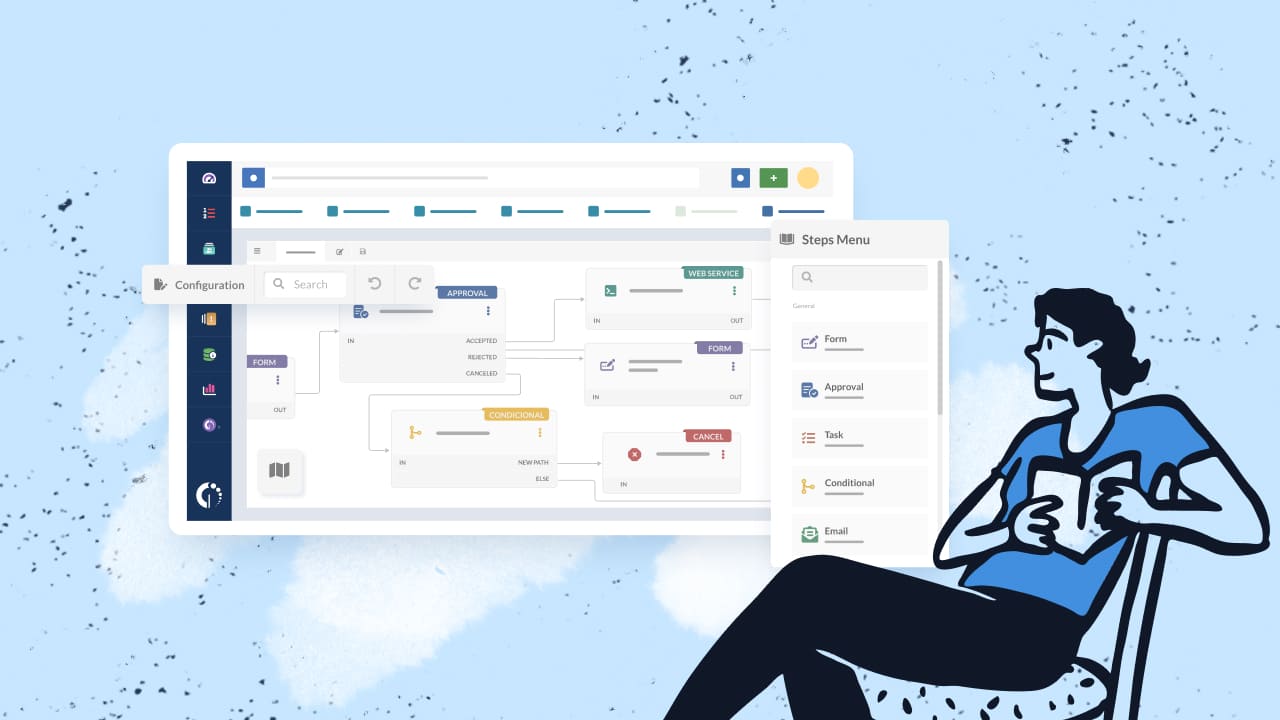
2. ServiceNow ITSM
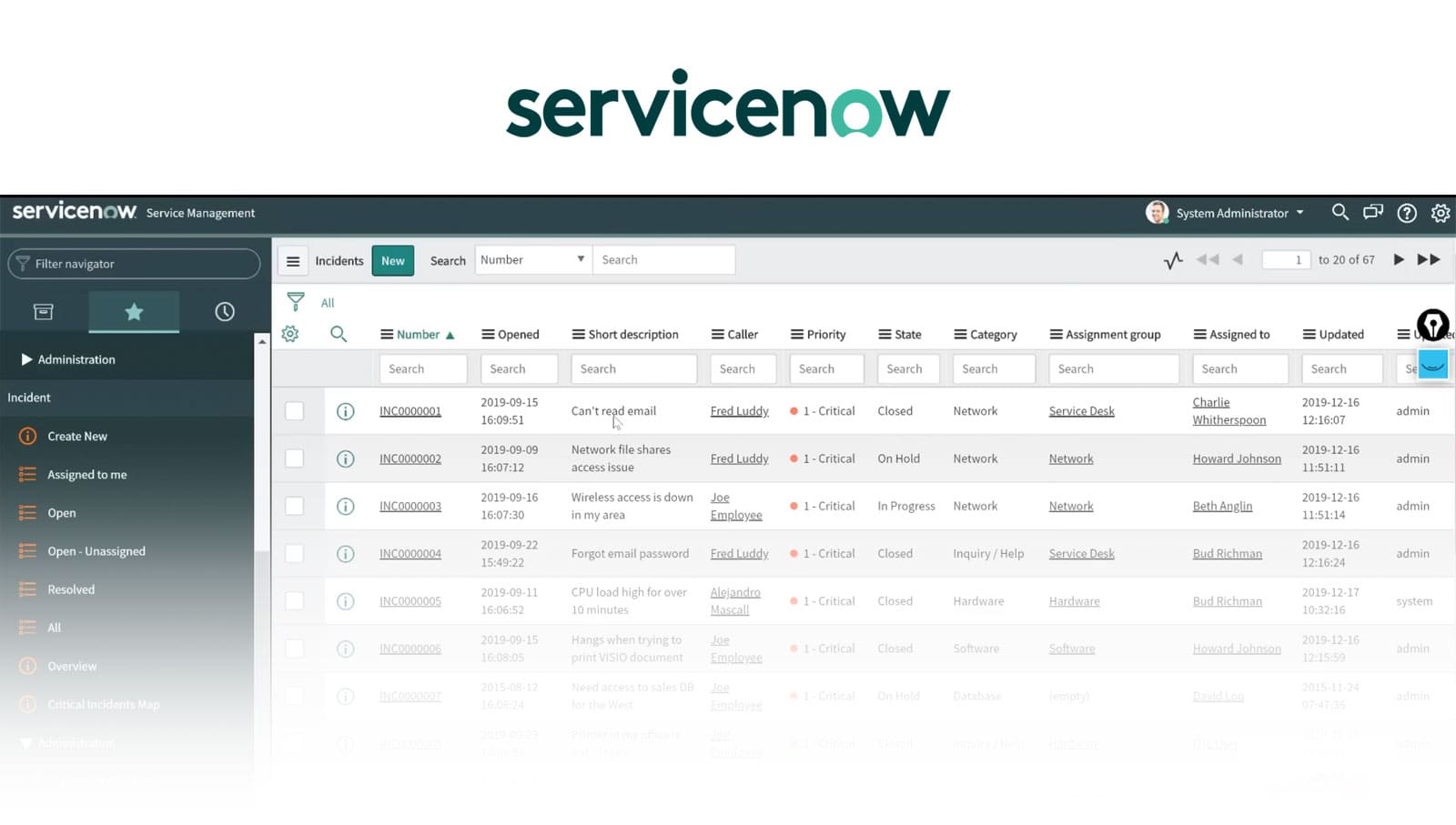
ServiceNow ITSM is a powerful solution that integrates Problem Management with its Incident Management module. This software is designed for organizations looking to enhance their IT service delivery. ServiceNow offers features such as:
- Change Management: Helps manage changes in a controlled manner, reducing the risk of incidents.
- Knowledge Management: Allows teams to document solutions and share knowledge, facilitating quicker resolutions.
- Custom Ticket templates: Tailor ticketing processes to fit organizational needs, ensuring consistency and efficiency.
3. Zendesk
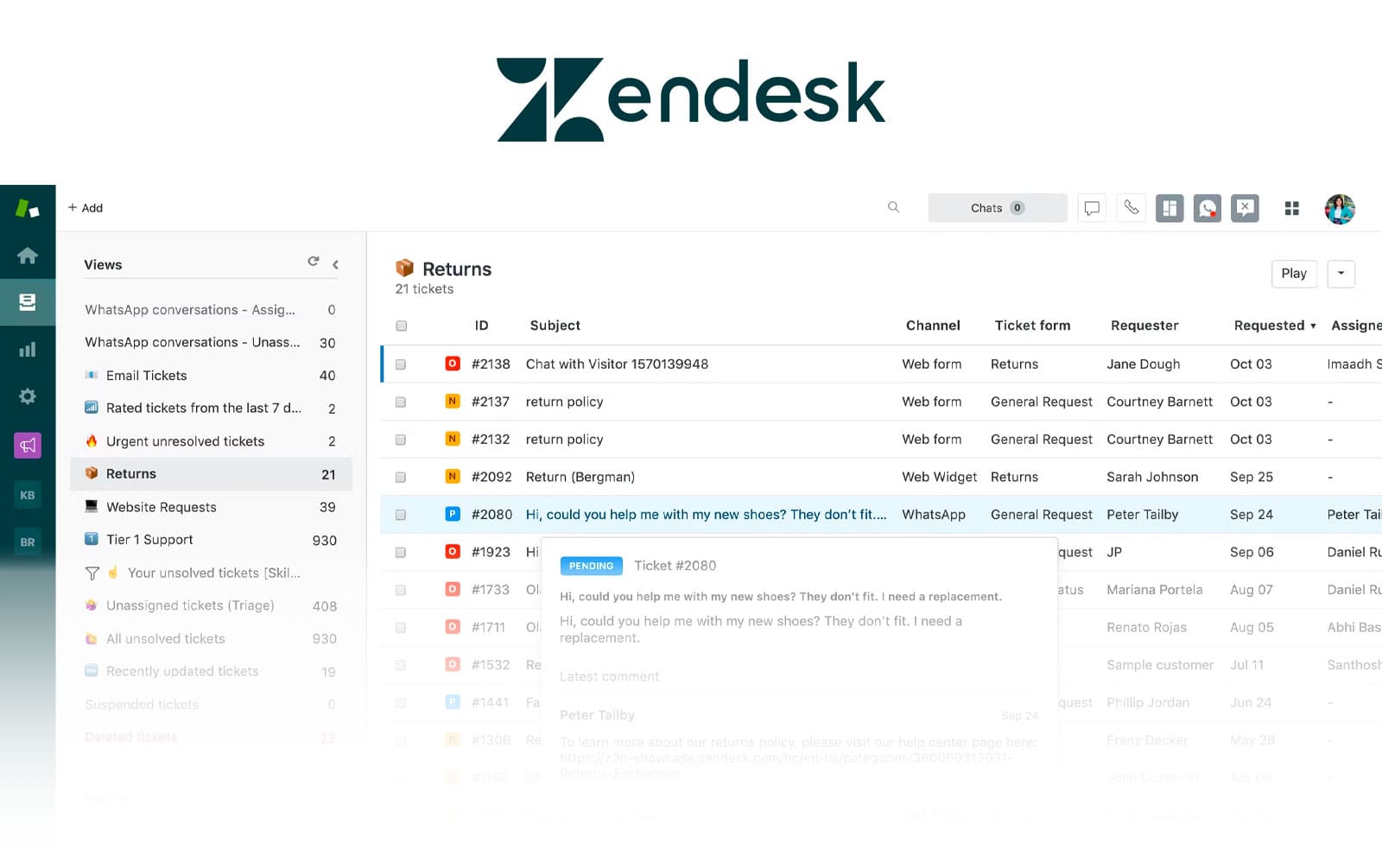 Zendesk excels in providing a user-friendly platform for Problem Management. Its focus on customer relationships enhances the overall service experience. Key features include:
Zendesk excels in providing a user-friendly platform for Problem Management. Its focus on customer relationships enhances the overall service experience. Key features include:
- Unified agent workspace: Centralizes all customer interactions, making it easier for teams to manage issues.
- AI-Powered content cues: Offers intelligent suggestions for solutions, speeding up the resolution process.
- Collaboration tools: Facilitates communication among team members, ensuring everyone is aligned on problem management efforts.
4. Freshservice
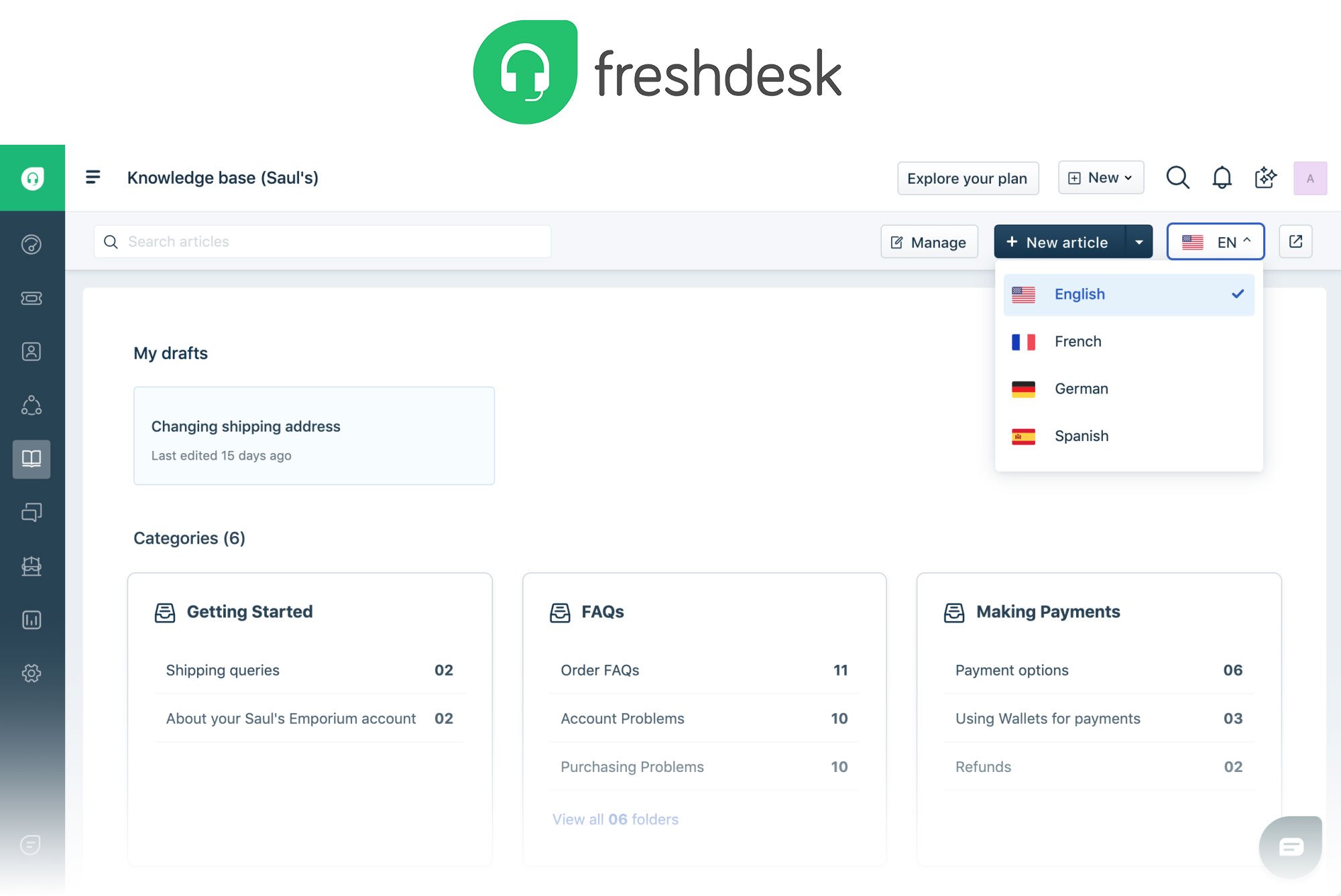 Freshservice is known for its intuitive interface and robust Problem Management capabilities. It caters to businesses of all sizes and offers a comprehensive ITSM suite. Notable features include:
Freshservice is known for its intuitive interface and robust Problem Management capabilities. It caters to businesses of all sizes and offers a comprehensive ITSM suite. Notable features include:
- Incident linking: Connects problem and incident tickets, providing a clear view of related issues.
- Self-service portal: Empowers users to troubleshoot issues independently, reducing the burden on IT teams.
- Analytics and reporting: Offers insights into incident trends, helping organizations identify and address recurring problems.
5. Creatio
Creatio provides a flexible platform for managing problems and incidents. Its low-code approach allows organizations to customize workflows easily. Key features include:
- Process automation: Streamlines problem management processes, reducing manual effort.
- Collaboration tools: Enhances teamwork and communication among IT staff.
- Analytics: Provides valuable insights into problem resolution effectiveness, aiding in continuous improvement.
6. Zoho Desk
Zoho Desk is an excellent choice for organizations seeking a cost-effective solution for Problem Management. It offers a range of features designed to enhance service delivery. Key features include:
- Multi-channel support: Enables users to report issues through various channels, increasing accessibility.
- Knowledge base: Centralizes solutions to common problems, allowing users to find answers quickly.
- Performance analytics: Tracks key performance indicators, helping teams improve their problem management processes.
7. BigPanda
BigPanda focuses on incident management and problem resolution through automation and machine learning. Its capabilities are particularly beneficial for large organizations. Key features include:
- Incident correlation: Automatically groups related incidents, making it easier to identify underlying problems.
- AI-powered insights: Provides actionable insights to help IT teams address recurring issues.
- Collaboration tools: Facilitates communication among teams, ensuring a coordinated approach to problem management.
8. Jira Service Management
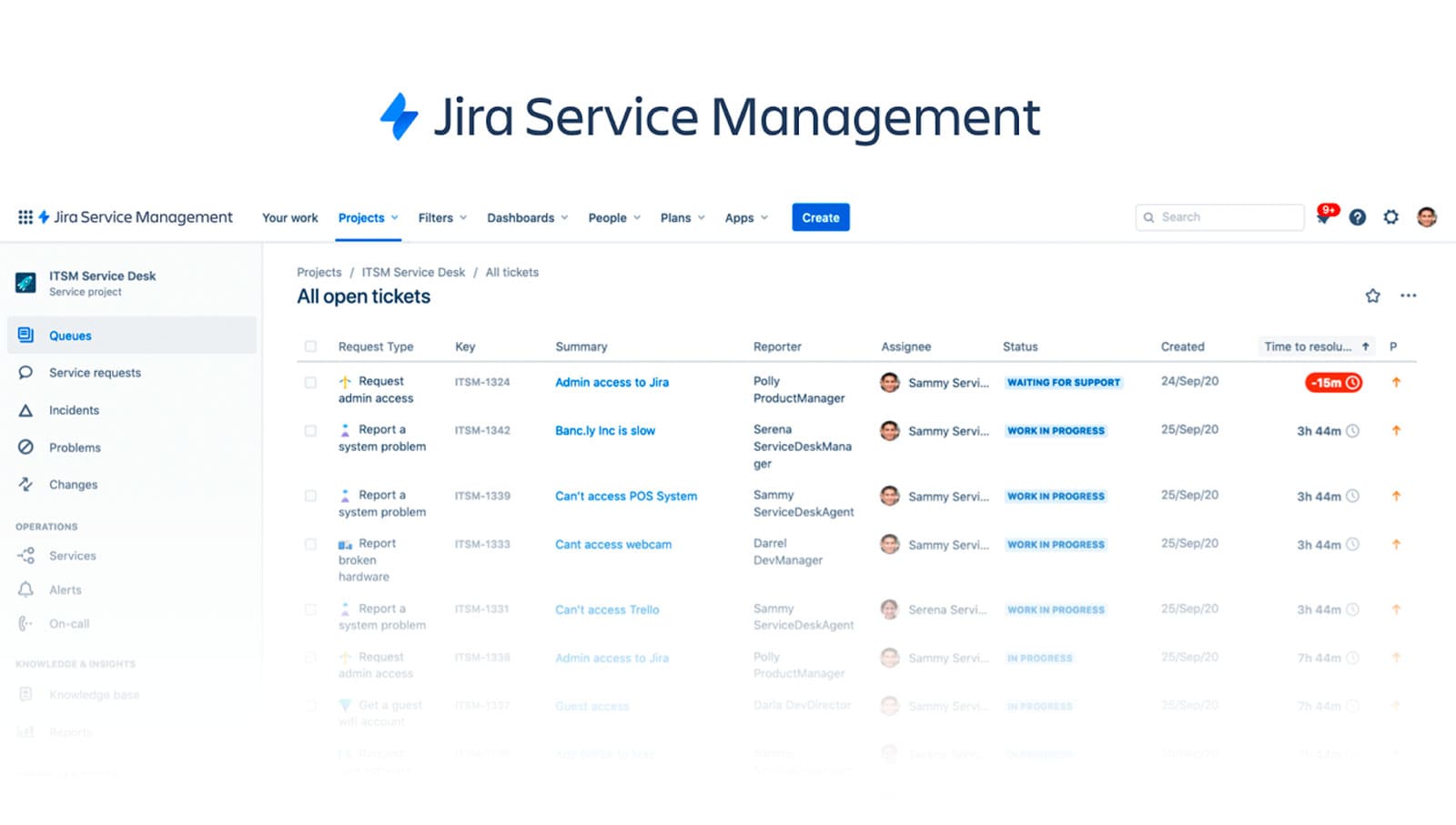 Jira Service Management is a popular choice among IT teams for its flexibility and integration capabilities. It supports agile practices, making it suitable for dynamic environments. Key features include:
Jira Service Management is a popular choice among IT teams for its flexibility and integration capabilities. It supports agile practices, making it suitable for dynamic environments. Key features include:
- Customizable workflows: Allows teams to tailor problem management processes to their specific needs.
- Integration with development tools: Facilitates collaboration between IT and development teams, ensuring quick resolutions.
- Reporting and analytics: Provides insights into performance metrics, helping teams identify areas for improvement.
9. New Relic
New Relic is primarily known for its application performance monitoring, but it also offers robust problem management features. This software is ideal for organizations focused on maintaining application reliability. Key features include:
- Real-time monitoring: Enables teams to detect and address issues as they arise.
- Root cause analysis: Provides tools for identifying the underlying causes of performance problems.
- Collaboration features: Enhances communication among IT teams, ensuring a coordinated response to incidents.
10. SysAid Problem Management
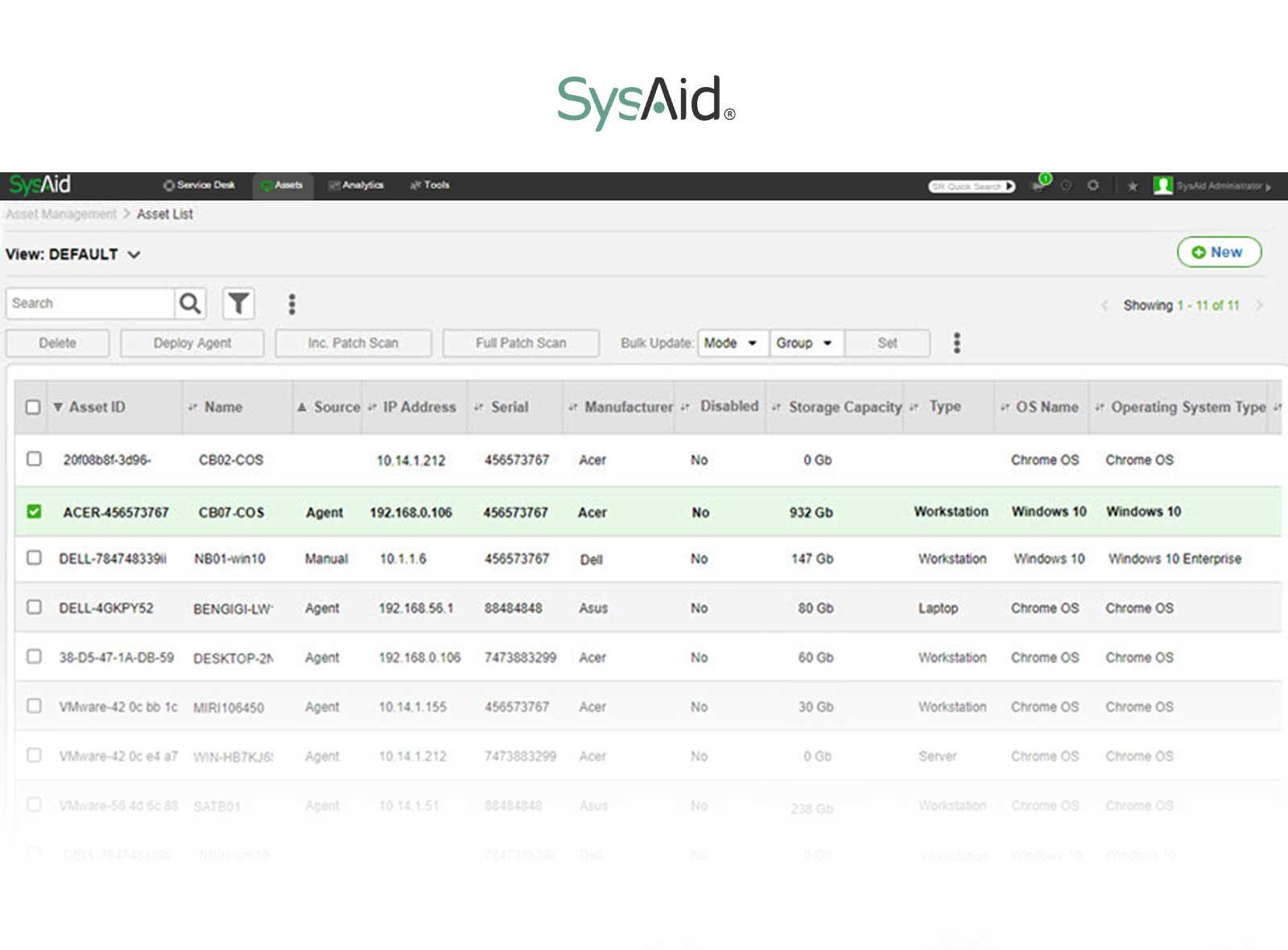 SysAid offers a comprehensive ITSM platform that includes Problem Management capabilities. Its focus on automation and reporting makes it a valuable tool for IT teams. Key features include:
SysAid offers a comprehensive ITSM platform that includes Problem Management capabilities. Its focus on automation and reporting makes it a valuable tool for IT teams. Key features include:
- Automated ticketing: Streamlines the ticketing process, reducing manual effort.
- Reporting and analytics: Provides insights into problem resolution effectiveness, helping teams improve their processes.
- Collaboration tools: Facilitates communication among team members, ensuring everyone is aligned on problem management efforts.
Final thoughts
In conclusion, selecting the right Problem Management software is crucial for enhancing IT service delivery and minimizing disruptions. By understanding the features and capabilities of the top solutions available in 2025, organizations can make informed decisions that align with their unique needs.
Choosing InvGate Service Management is a great option not only because it can help to develop a healthy Problem Management process, but because it has scalability. Don’t forget that you can start exploring its capabilities and features right now with our 30-day free trial!
Frequently Asked Questions
1. What is Problem Management software?
Problem Management software is an ITSM tool that helps organizations identify, analyze, and resolve the root causes of recurring issues to enhance service reliability.
2. How do I choose the right Problem Management software?
Consider features such as user-friendliness, integration capabilities, automation, reporting, and customer support when selecting Problem Management software.
3. What are the benefits of using Problem Management software?
Using Problem Management software helps organizations streamline processes, reduce downtime, improve collaboration, and enhance overall service delivery.
4. Can Problem Management software integrate with other IT systems?
Yes, many Problem Management software solutions offer integration capabilities with other IT systems, such as incident management and asset management tools, to create a seamless workflow.








